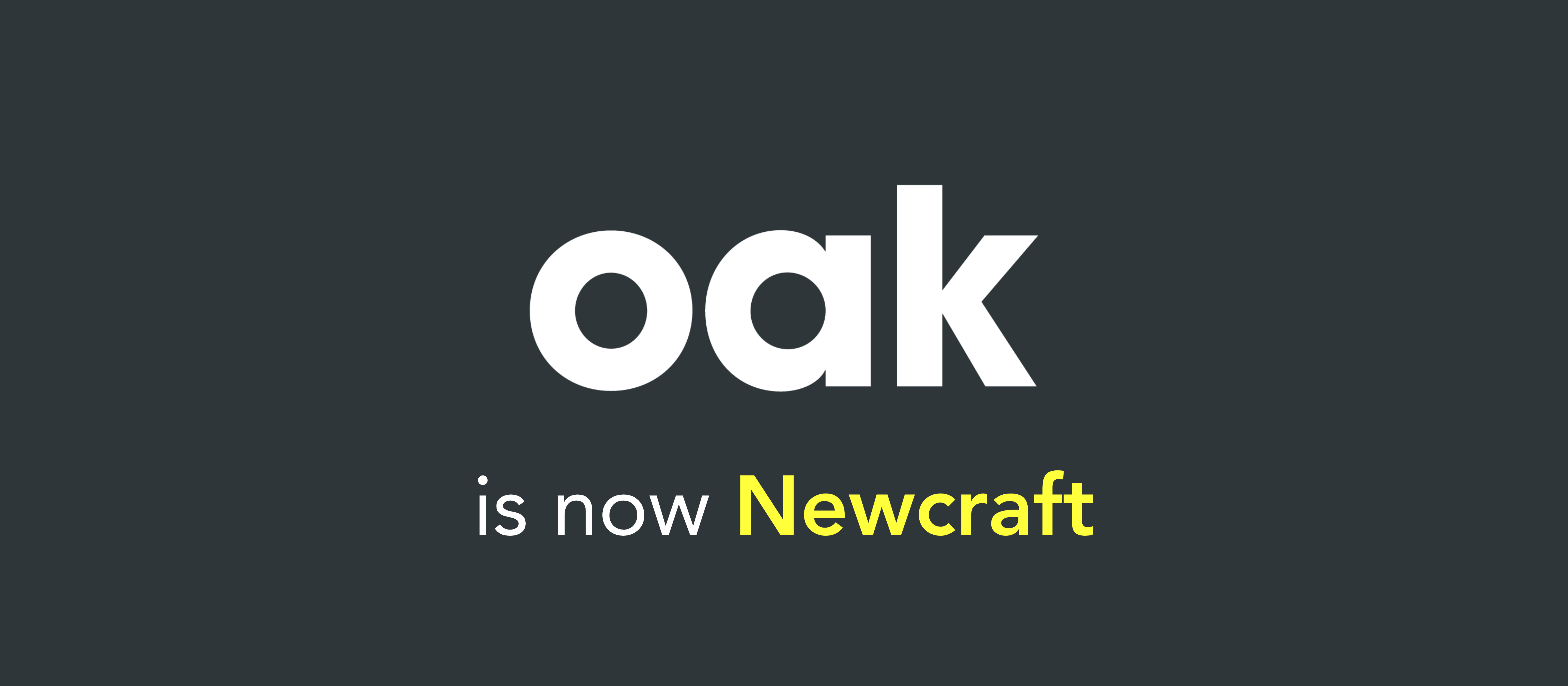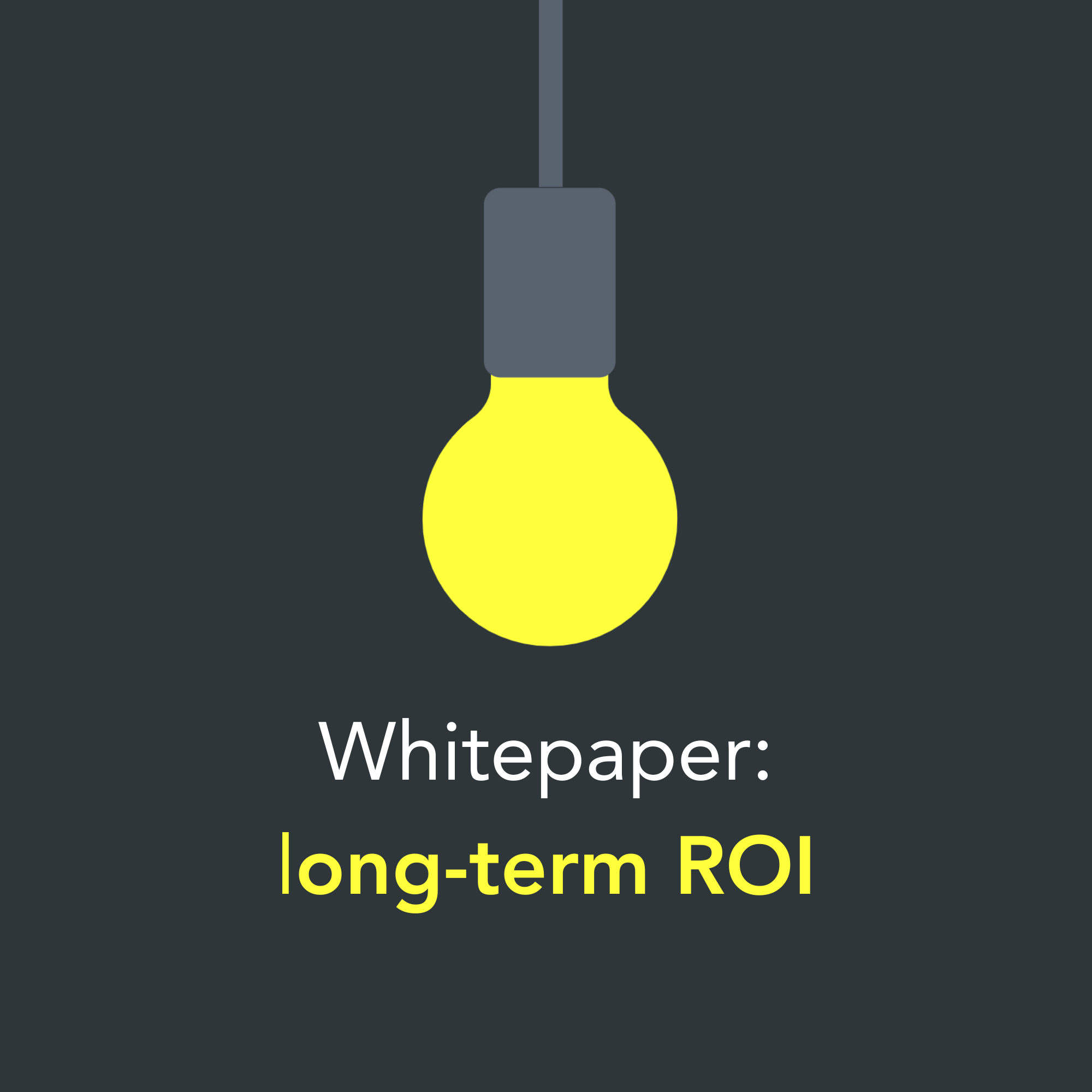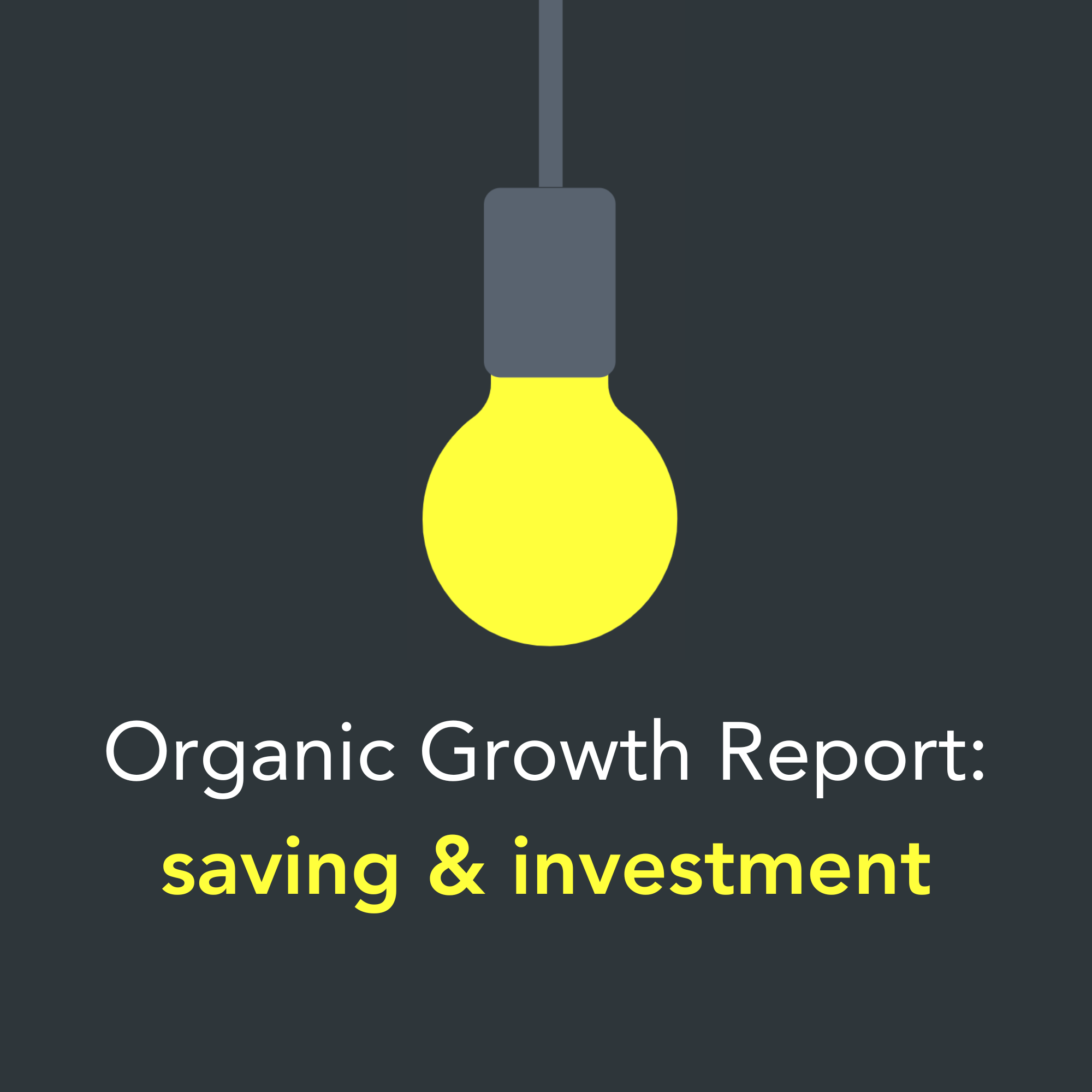Exciting news for the OAK team! After 4.5 years, OAK continues as the Organic marketing team within the Newcraft brand, so it will no longer exist as a separate entity.
We want to present a unified and powerful offering within the group. Consolidating now under one brand allows us to leverage our network even more.
We are proud of our accomplishments with OAK, such as helping clients excel in Google rankings, producing engaging podcasts and running successful trainee programs. Through this integration, we are able to expand our reach to a broader base of global clientele, while also acquiring extensive expertise in the industries we specialize in.
We are excited about the future. Are you ready to accelerate with the Organic Marketing team? Contact Jurjen for more information: jurjen.van.den.broek@newcraft.nl.


